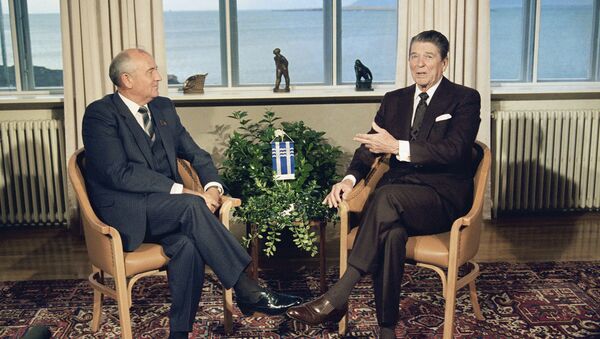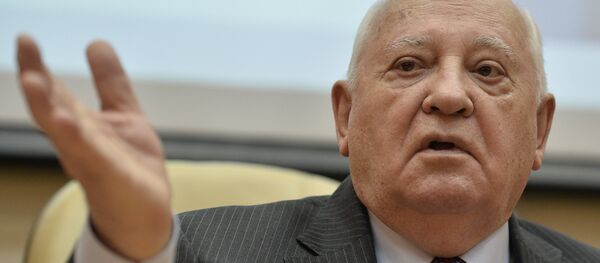The first such meeting of Soviet and US leaders, which was held after a long time at the US initiative in Geneva in November 1985, did not produce any practical results. The United States could not accept the Soviet proposal on a large-scale reduction of strategic nuclear forces, which Gorbachev conditioned on the curtailment of the 1983 US Strategic Defense Initiative (SDI) program. The talks ended with the adoption of a noncommittal joint statement, which said that the sides "have agreed that a nuclear war cannot be won and must never be fought."
At the same time, the Geneva summit drew the line under a period when the United States preferred harsh pressure on the Soviet Union to talks.
The Soviet delegation arrived in Reykjavik with a package of proposals which provided for the destruction of all strategic offensive armaments within 10 years, including ground-based intercontinental ballistic missiles and submarine- and air-launched ballistic missiles. Another proposal was to liquidate intermediate-range missiles (INF), which the United States and the Soviet Union deployed in Western and Eastern Europe in the late 1970s and early 1980s. But the main condition of the Soviet package was the termination of the SDI program.
The documents were to be signed during Gorbachev’s subsequent visit to Washington, the date for which depended on the Reykjavik agreements. On the first day of the talks, Reagan indicated that he likes the proposals on strategic nuclear weapons and the INF. In the early hours of October 12, Soviet and US experts coordinated strategic nuclear reduction ceilings for the first five-year period: 6,000 nuclear charges and 1,500 delivery vehicles on either side.
Therefore, the second US-Soviet summit failed, too. Like after Geneva, bilateral relations deteriorated, and Reagan announced the resumption of a crusade against the Soviet Union in early 1987.
The Soviet disarmament proposals had a major effect on the international community and also strengthened Gorbachev’s international prestige, although part of the Soviet military were firmly against his policies.
The INF Treaty was signed during Gorbachev’s visit to Washington on December 8, 1987. For the first time ever, the United States and the Soviet Union pledged to liquidate an entire class of nuclear missiles: shorter- and intermediate-range missiles with respective ranges of 500-1,000 kilometers (310 — 620 miles) and 1,000-5,500 kilometers.
The Soviet Union subsequently liquidated 1,752 ground-based ballistic and cruise missiles, and the United States 859 missiles.





